Top 10 car maintenance checklist
How much do you know about what’s going on under your car bonnet? While it can seem like a mystery at times, there are some straightforward car maintenance tasks you can take on yourself, so you don’t need to call a mechanic at the first sign of trouble…
From successfully passing your driving test to organising the right Car Insurance for your needs, being a driver can sometimes feel like a bit of a slog! And learning simple car maintenance skills can elude many of us.
Here, we share our advice on how you can keep your car functioning well. Before you start, make sure your car is parked on a level surface with the engine switched off and the handbrake on. If you don’t feel confident or safe in what you’re doing at any point, call a mechanic.
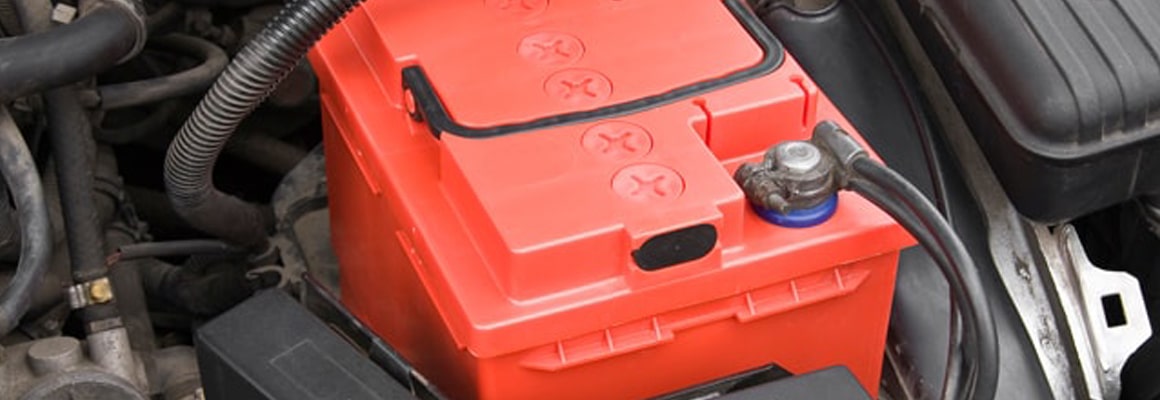
1. Check your battery
During the isolation period, run the engine every couple of days for a few minutes, to ensure that the battery doesn’t go flat.
If your car has difficulty starting, you it might be time to replace the battery: You’ll probably need a screwdriver to unfasten the old battery and secure the new one, once it’s in place. It can seem like a big task but for most cars it’s a simple job if you remember the following rules:
- Wear gloves and safety glasses, as batteries contain acid which will harm your skin if you come into contact with it
- Remember to always disconnect the negative cable first to avoid damage to your car’s electrical equipment – this is the black cable and the terminal it’s attached to will have a ‘minus’ sign next to it
- When you hook up the new battery, connect the red positive lead first. It may help to use masking tape to label the cables if you’re worried about getting them mixed up
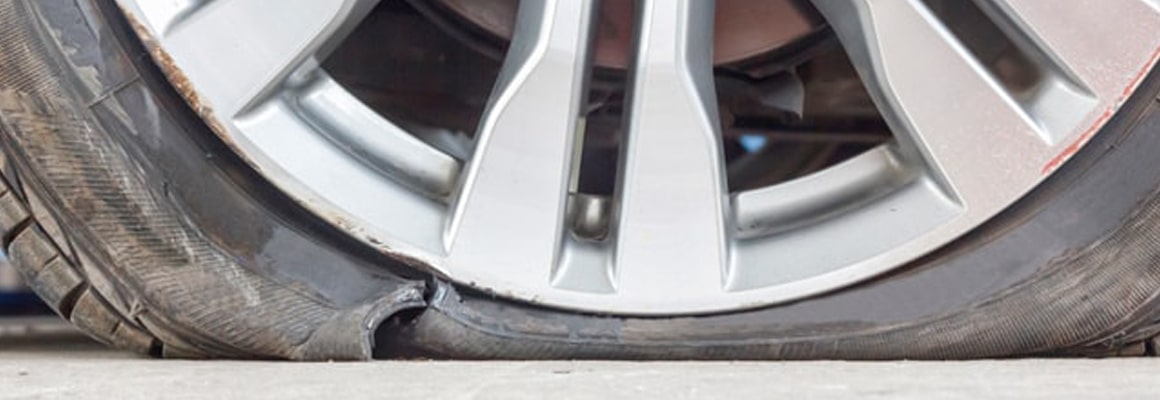
2. Check your tyre pressure
If you have one, use a pressure gauge to check the pressure in your tyres. Alternatively, take your car to a petrol station and use their air compressor – the correct pressure will be printed on a label on the insider of the driver’s door, and in your user manual. Remember that front tyres often need higher pressure than rear tyres.
Check your tyres for any obvious signs of excessive wear too, such as small cracks forming in the rubber, or the tread depth becoming very shallow. A good tip for checking your tyre tread is to put a 20p coin into one of the grooves – the rim around the coin is about 3mm, which is how deep your tread should be.

3. Check your tyre repair kit
Many car manufacturers now supply a repair kit instead of a spare wheel, usually including tyre sealant and a tyre-inflator pack, so make sure they are in working order.
If you’re out on the road and get a puncture, the sealant will form a seal around any holes in your tyre, and stop any air leaking out. If you get a flat, the tyre-inflator pack will allow you to quickly re-inflate the tyre to the right pressure, and continue on your journey.
Remember: You should take your car to a garage ASAP to get your tyre changed, as this will only be a temporary fix.
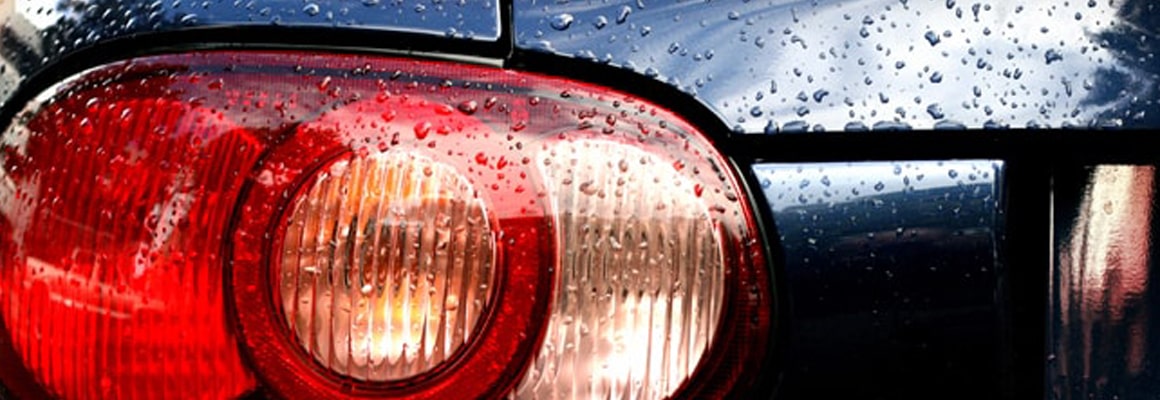
4. Check your lights
Ensure that you regularly check your indicators, brake lights, side lights, headlights and fog lights, and replace any bulbs that have gone.
For many cars, especially older ones, it’s a simple case of finding the plug that holds the bulb, twisting it out and changing the bulbs over.
However, this isn’t possible for all cars: For some models, large pieces of bodywork may need to be removed to get to certain bulbs, while more advanced LED-based lights on newer cars will need to be replaced by a qualified professional. Before replacing a bulb, consult your user manual as it should advise you on whether or not you can do it yourself.
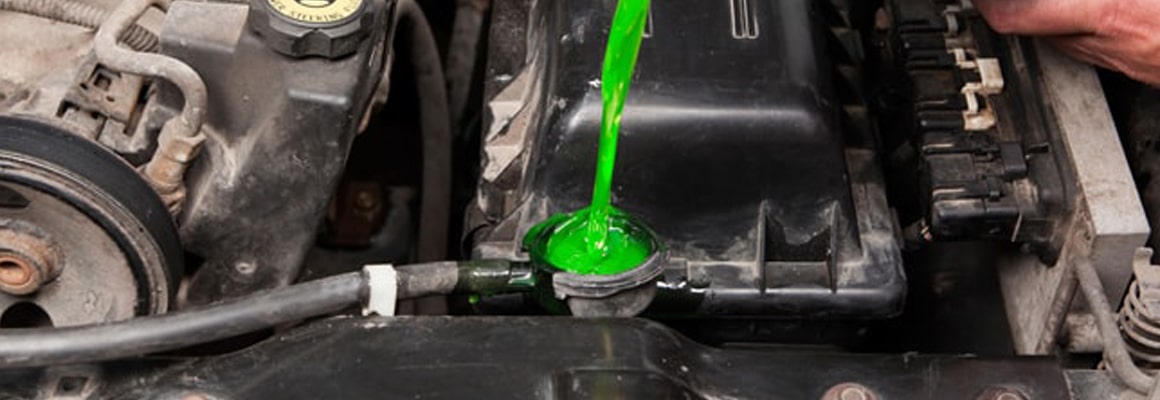
5. Check for leaks
Look under your car’s bonnet for any fluid leaks – a leak could mean there’s a serious problem, so you should hold off on addressing this yourself and consult a mechanic when you can.
If everything looks good, you should still keep an eye on your coolant levels: Coolant keeps the engine from overheating, by pumping a mixture of water and anti-freeze around it to transfer excess heat away. Be sure to include the recommended amount of anti-freeze, which you can buy from any auto parts shop and even many supermarkets. Not a lot of people realise this is essential all year round because, as well as preventing freezing, it will also help stop the inside of the system from rusting. Refer to your driver manual for instructions on how to do this.
It’s also a good idea to renew all of the coolant in the system every three years to prevent build-up of debris in the system. If you find you need to top up your coolant frequently then there’s a chance you have a leak and you should take your car to a mechanic.

6. Check for chips
Small cracks can appear in your windscreen due to various reasons – most often they’re caused by small stones and they’re not always easy to spot straight away. This is one for the professionals: Although they might look minor, these little chips create a weakness in the windscreen, which could lead to much bigger cracks if left untreated.
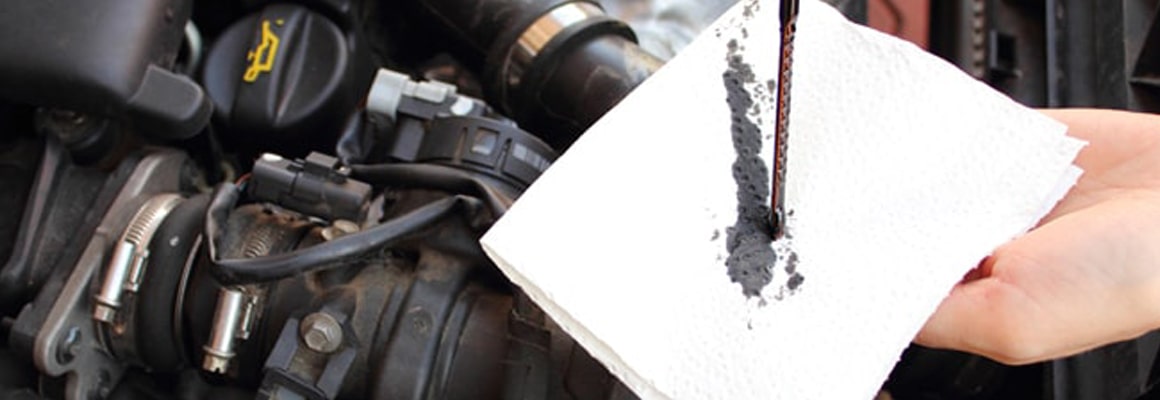
7. Check your oil levels
Your engine needs oil to run smoothly, because it prevents the metal parts rubbing directly together. If the oil runs out, the engine will start to overheat, and the increased friction can cause permanent damage.
You should check the oil dipstick at least once a fortnight. It should be easy to find – simply open the bonnet and the dipstick will normally have a brightly-coloured handle on the end labelled ‘engine oil’. Remove the stick, wipe it clean with a cloth or some kitchen roll, and replace it, before taking it out again and reading off the level.
To make this easier, most cars’ dipsticks have a scale indicating the minimum and maximum levels, so it should be obvious if you need to add more. If you need to top up your engine oil frequently, check with a mechanic that there is not an underlying problem with your vehicle.
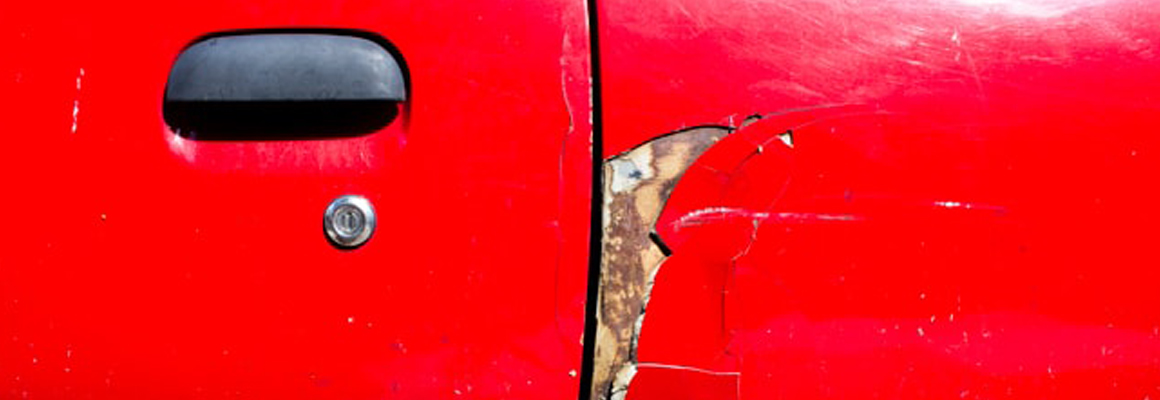
8. Check your bodywork
If your car picks up any knocks or scratches, deal with them quickly. Whether you do it yourself with a touch-up kit or take the car into a garage, sorting these issues early will stop rust setting in and weakening your bodywork, potentially saving you a costly repair job further down the line.

9. Check your windscreen wipers
To keep your car safe on the road, you should be regularly checking that your wipers are working properly.
One of the most common problems with wipers is that they don’t clean the windscreen properly. For example, if you notice that your wipers tend to smear, or don’t completely remove rain water or dirt this most likely means your wiper blades are worn out and need to be changed. For the vast majority of cars, this is a very easy process and new blades can be picked up at any auto parts shop.
Not being able to clear your windscreen can be a real hazard, so it’s vital to change them as soon as they stop working.
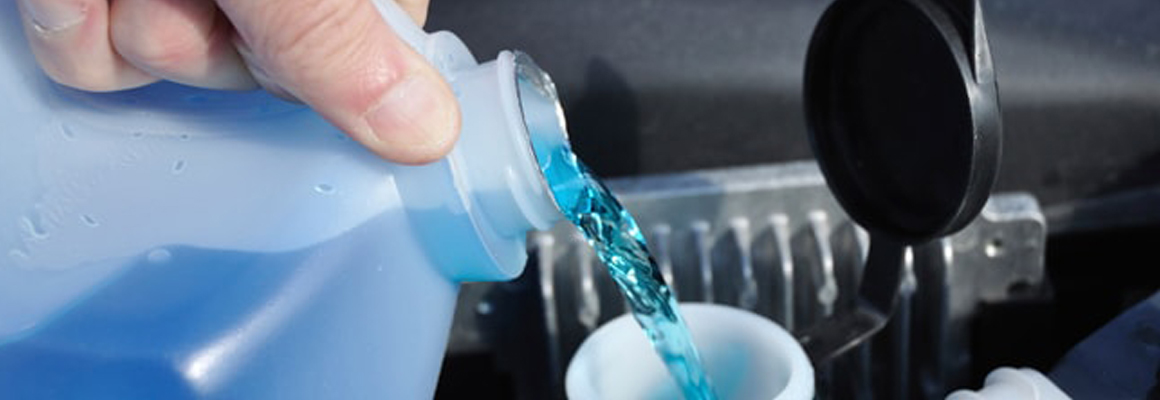
10. Check your screenwash
Having enough washer fluid in the tank is important for safe driving, especially if you often drive long distances. Dirt on the windscreen will affect your visibility, and dry windscreen wipers alone often won’t be able to remove it.
In most cars, the washer fluid is stored in a white plastic tank and sealed with a cap that you can easily pop off by hand. Your user manual will show you how to find it, and will also contain instructions for mixing the right proportions of washer fluid and water for different times of the year. The washer fluid also prevents the mixture from freezing when it gets cold, so you’ll want to use more of it during the winter months.
Find out more about Car Insurance from Swinton
- Car Insurance - Car insurance made clear and simple, with three comprehensive cover options for you to choose from
- Young Drivers - Young driver or newly qualified?